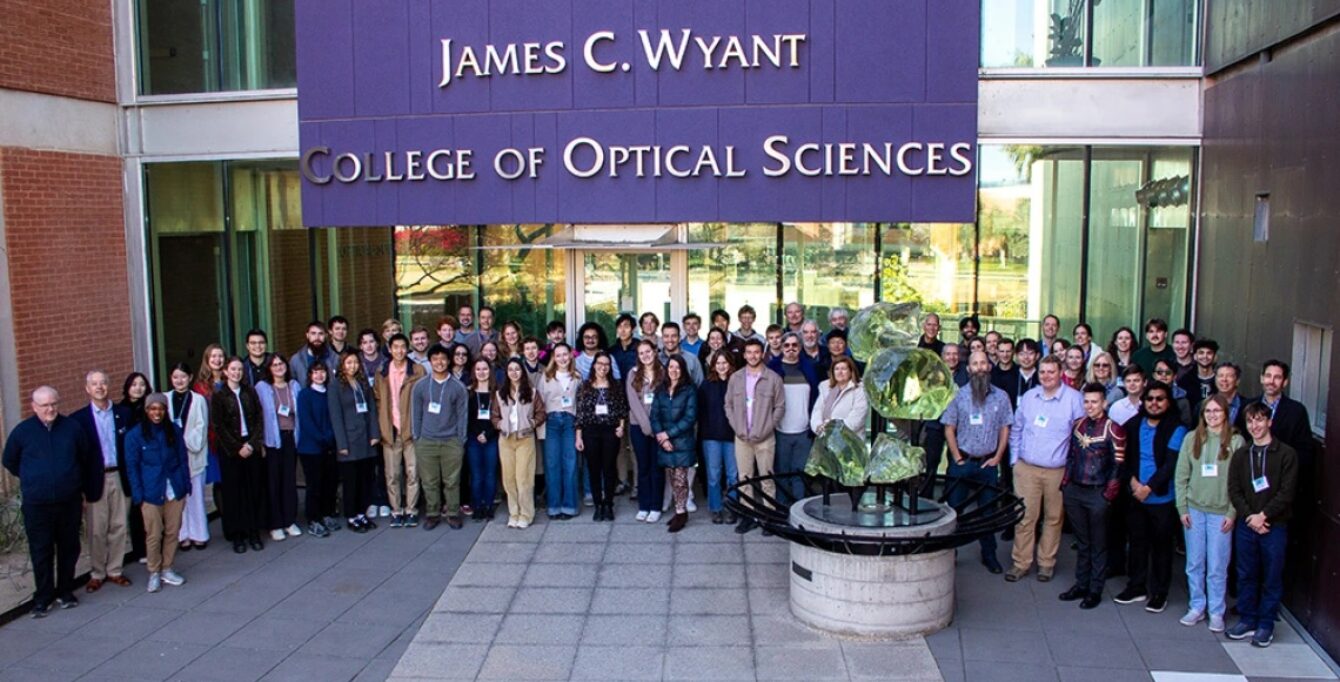Keynote Talks 2026
SPHERE: Inventing a New Entertainment Medium
Dr. Stuart Elby
Former Senior Vice President
Advanced Engineering at Madison Square Garden Ventures
Thursday, January 8th, 7:30 pm
Flandrau Planetarium
Why did Madison Square Garden create Sphere? What technical challenges had to be overcome? Answers to these questions, descriptions of some of our key innovations, and the innovation processes used will be presented.
Optic Technologies Enabling Fusion Ignition
Dr. Tayyab Suratwala
Program Director, Optics & Materials S&T
National Ignition Facility & Photon Science,
Lawrence Livermore National Laboratory
Friday, January 9th, 9:00 am
Abstract forthcoming

